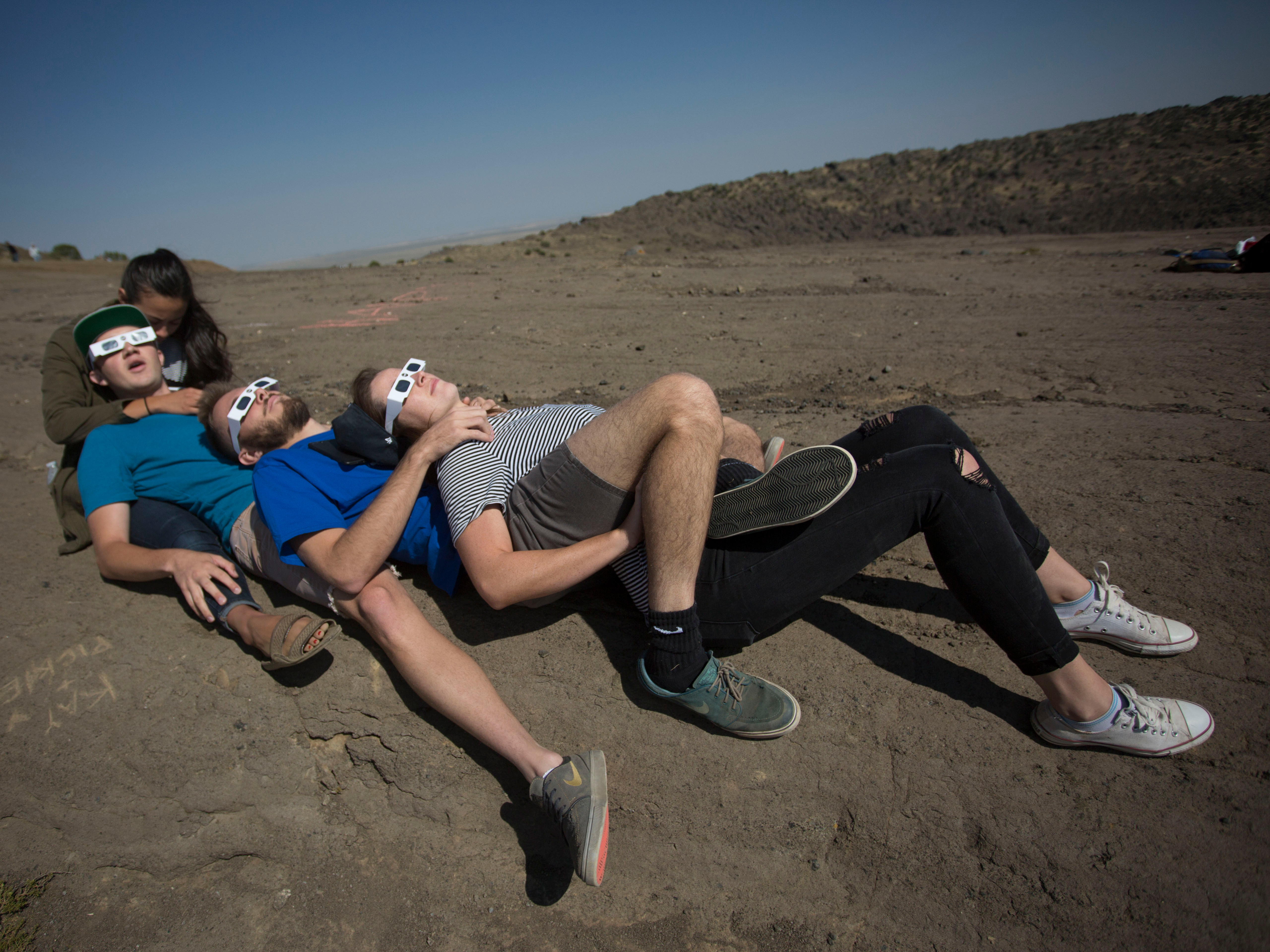
- The only total solar eclipse of 2019 will be on July 2. It will be visible over parts of Chile, Argentina, and the southern Pacific Ocean.
- The celestial event will be more difficult to witness than the 2017 eclipse that was visible in the US because the path of totality is limited to a narrow strip of land in South America and occurs late in the afternoon.
- But NASA and other space organizations are livestreaming the event, meaning viewers around the world can watch the eclipse on their computers and smartphones.
- Solar eclipses help scientists study the solar corona: a sheath of hot gases that extends thousands of miles out from the sun’s surface.
- Visit Business Insider’s homepage for more stories.
At 4:39 p.m. local time on July 2, fish of the South Pacific and some lucky people in southern Chile and Argentina will be plunged into rare afternoon darkness.
It will be the first total solar eclipse since August 21, 2017, and the only celestial event of its kind in 2019.
During a total solar eclipse, the moon passes between Earth and the sun, casting a small dark shadow on our planet. For those watching on Earth, the moon appears to cover the sun, with a ring of the sun’s light surrounding the moon. Looking directly at that light requires special glasses to protect the eyes from the sun’s brightness.

The eclipse's path of totality - in which the sun is fully blocked from view by the moon - is an ample length of 6,000 miles, though most of that is over the Pacific Ocean and a narrow band of Chile and Argentina.
Eyes on the eclipse
Viewers in South America will experience totality for about 2 1/2 minutes, roughly the same duration as the 2017 eclipse that crossed the continental US. La Serena, a city on Chile's western coast, will be the first to go dark.
But you don't have to be in the southern hemisphere to a catch a glimpse of totality. NASA is working with Exploratorium museum in San Francisco to livestream the eclipse for viewers around the world. Coverage starts today at 3 p.m. ET.
The European Southern Observatory is also livestreaming the eclipse on YouTube from a facility in Chile's Atacama desert starting at 3:15 p.m. ET. Slooh, a citizen science website that offers paid access to telescopes and observatories world, will also be broadcasting the event on YouTube from locations in Chile and Argentina.
Totality will last the longest over a remote part of the Pacific Ocean west of South America, where the sun will go dark for four minutes and 32 seconds. (That point is represented by the black sun in the map below.)

The late timing for tomorrow's eclipse means that totality will occur about one hour and 18 minutes before sunset, when the sun is low in the sky - just 13 degrees above the horizon.
That could make viewing the event a bit challenging, since low-lying clouds could obscure the spectacle. Researchers will also need to peer through more of Earth's hazy atmosphere to get a clear image of what's happening in the sky.
Scientists use eclipses to study the sun
Totality represents a unique opportunity for scientists who study the sun. It's the only time that the solar corona - the sheath of high-speed super-hot particles that ensconce the sun - is visible to onlookers.
Occasionally, the corona spits out bursts of scorching-hot plasma, which can be between 1.7 million degrees Fahrenheit and more than 17 million degrees, hotter than the surface of the sun itself. These bursts, called coronal mass ejections, can hurl toward Earth at speeds of 1,384 miles per second. Their effects can disrupt our telecommunications infrastructure, knock out power grids, and affect satellites in orbit.
By observing and analyzing the corona's behavior during eclipses, scientists gather information that can help them better understand and predict these coronal mass ejections.

The next total solar eclipse will happen less than 18 months after this one. On December 14, 2020, another total eclipse will travel over Chile and Argentina.
The next total solar eclipse that people will be able to see from North America will happen on April 8, 2024.

